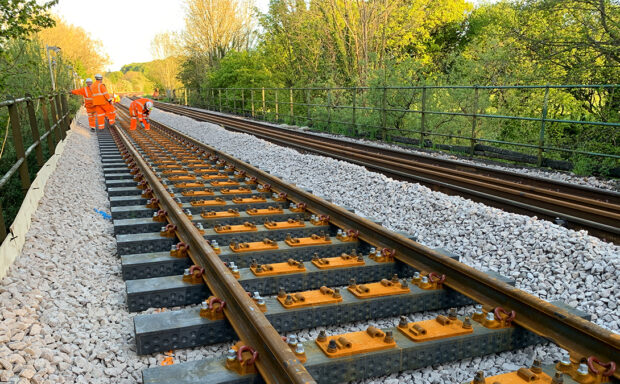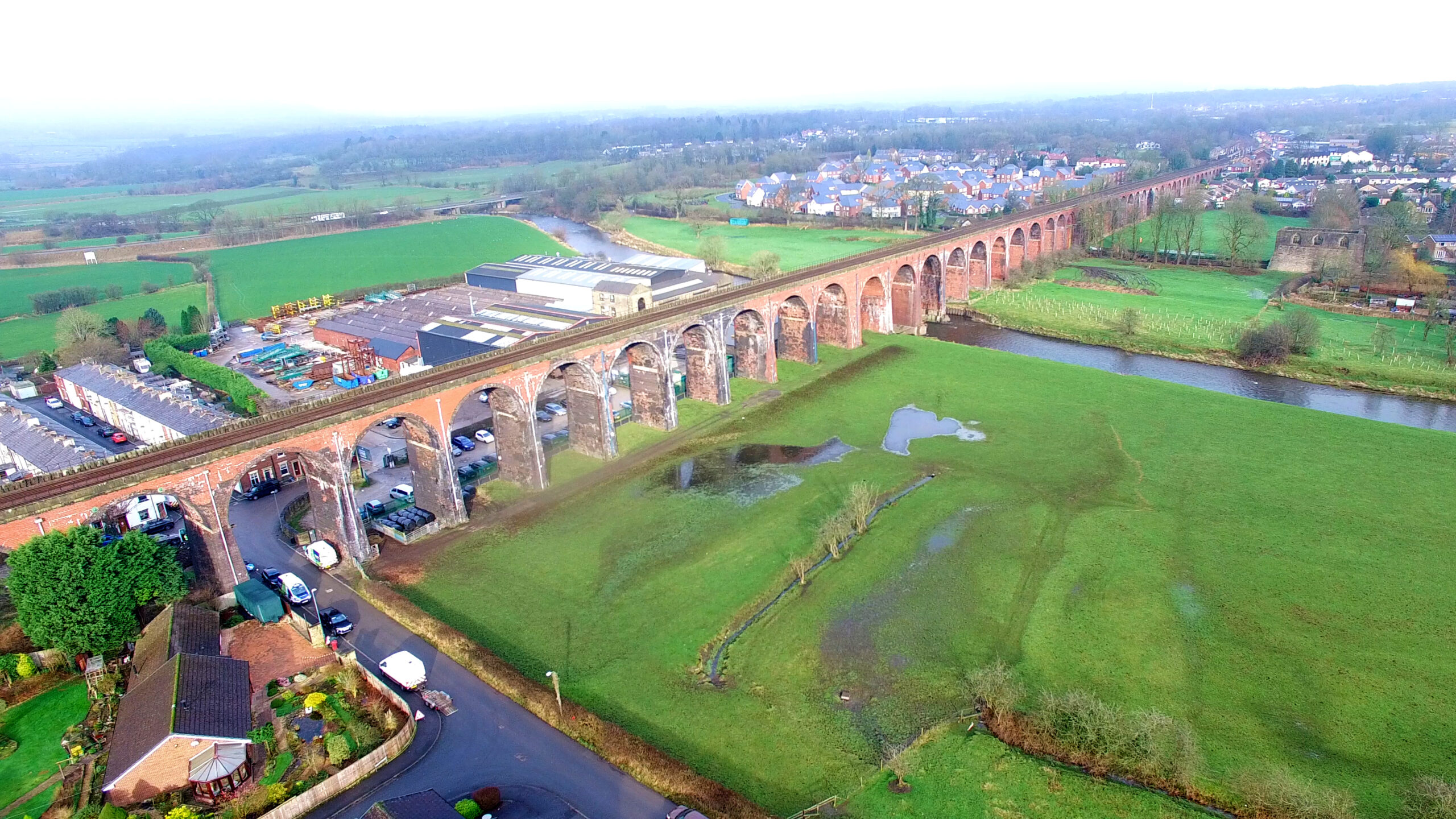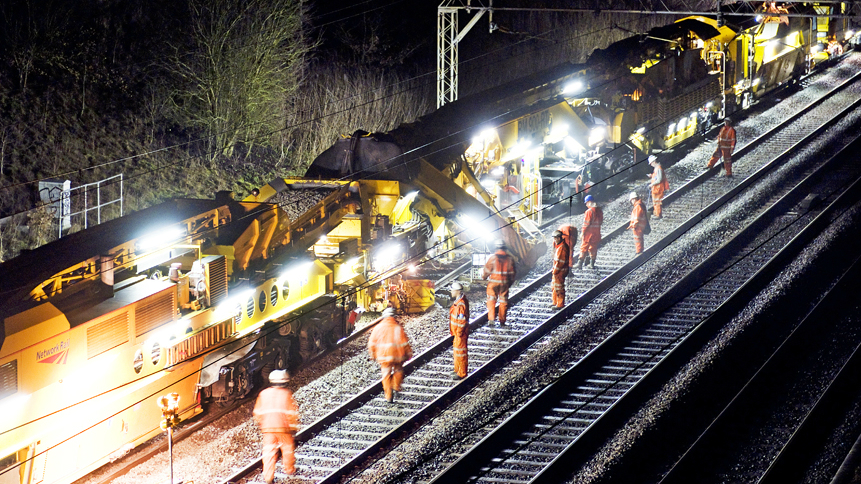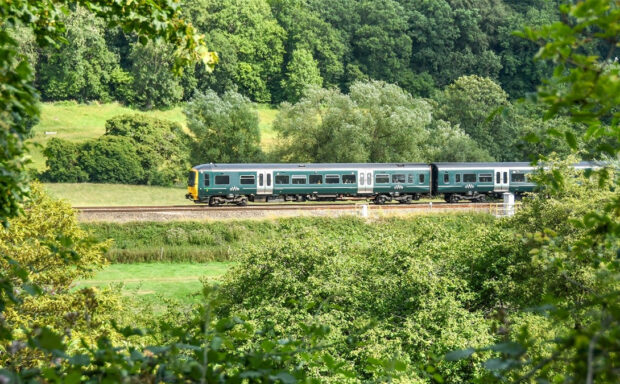With temperatures expected to soar this week, Network Rail has activated its ‘extreme weather action teams’ (EWATs) across Britain.
The measure aims to keep passengers safe and the railway running as reliably as possible.
Our network is made of 20,000 miles of steel track, which absorbs heat easily. In the summer, the track can get up to 20 degrees hotter than the air temperature.
When steel becomes very hot, it expands and if there is no room for the rail to expand further, which can cause the rail to buckle. If rails buckle, we have to close the line for repairs before trains can run again.
In some locations we may have to introduce speed restrictions during the hottest part of the day at vulnerable locations – slower trains exert lower forces on the track and reduce the likelihood of buckling.
Painting vulnerable parts of track white is one of the ways we reduce the chance of buckling:
- Why rails buckle in Britain
- More about buckled rails
- Climate change and weather resilience on the railway
Nick King, network services director at Network Rail said: “Keeping passengers safe and moving are our top priorities during this heatwave. That’s why we sometimes have to put speed restriction on to prevent our rails – hat can be over 20 degrees hotter than air temperatures – from buckling which can derail a train and cause huge delays. Passengers should check before they travel, by visiting their train operator’s website or National Rail Enquiries.”
- Since 2003, we have reduced the number of buckled rail incidents by 83%.
- When installing our steel rails, we use a process called stressing to protect against buckling. Stressing the rails allows us to set the range of temperatures the track can comfortably cope with. Stressing our rails to cope with higher summer temperatures would mean making them less able to cope with low temperatures during the winter. Our rails have a stress-free temperature of 27oC, the average summer rail temperature in the UK.
- Long periods without rain can mean the ground underneath the tracks dries out and shrinks, creating pothole-like cracks. Much like on the roads, trains can’t drive at full speed over these defects and have to slow down to keep passengers safe.
- Our teams work hard all year round to reduce minimise the disruption caused by hot weather.
- More information on climate change and weather resilience on the railway.



